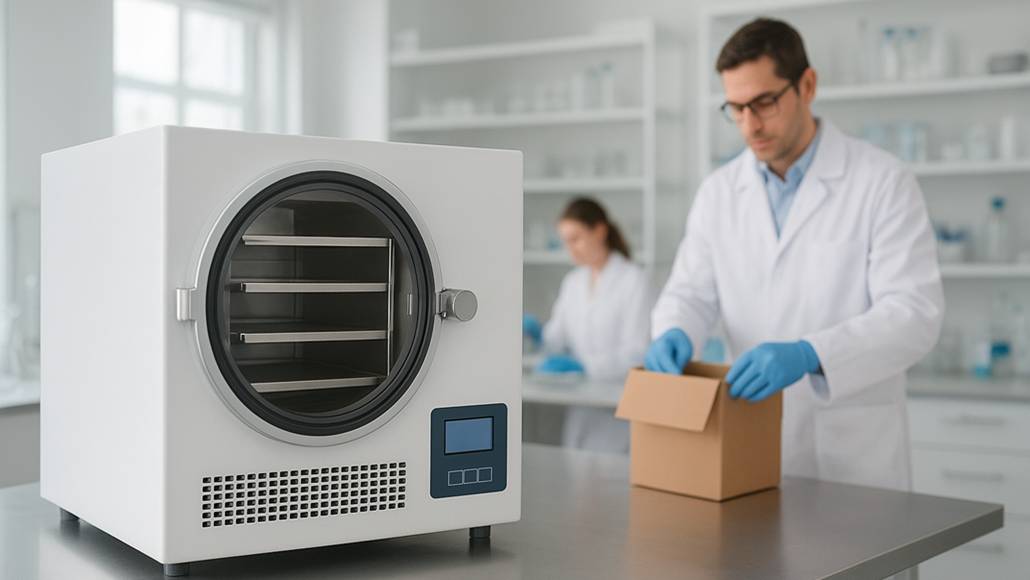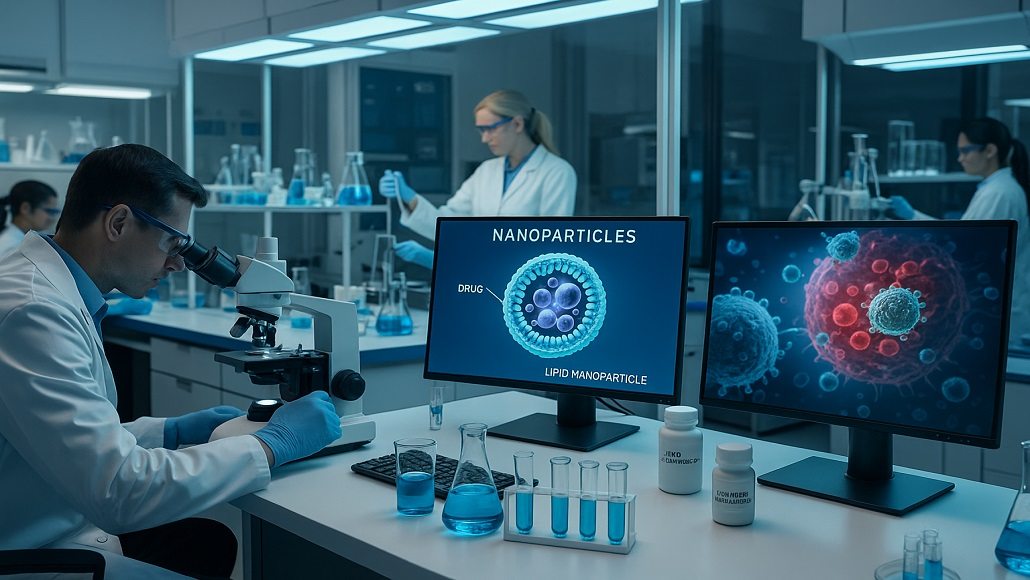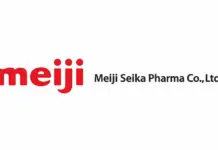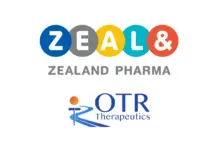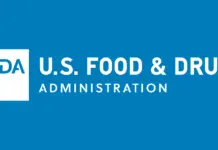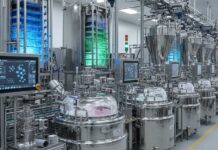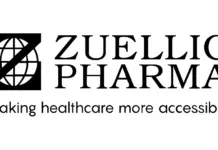The last decade has seen an increased emphasis on research and development into personalized medicines,including cell, gene and immunotherapy treatments – a trend that is expected to continue due to the forecasted 8.74% CAGR of the personalized medicine, targeted therapeutics, and companion diagnostics market to $149 billion by 2020.
1These lofty expectations are due in large part to advancements in science and the availability of more sophisticated diagnostic tools, which are giving the medical community a better understanding of the human genome and make it easier to detect genetic mutations effecting an individual patient.
Specifically, 2016 witnessed the first ex-vivo stem cell gene therapy to be approved by the European Commission to treat patients with the rare disease ADA-SCID (Severe Combined Immunodeficiency due to Adenosine Deaminase deficiency).Martin Andrews, Head of the Rare Disease Unit at GlaxoSmithKline, calls the successful approval of Strimvelis “the start of a new chapter in the treatment of rare and genetic diseases.”2
If Strimvelis truly delivers upon its initial success, it could signal a disruptive new phase in medicine, where a one time
gene fix or treatment replaces a life long dependence on taking a medicine and continuous treatment. Already, several hundred gene therapies are in development with the hope of providing a true cure for one of the 5,000 rare diseases caused by the error in a single gene3.
The high potential that personalized medicines, including gene and cell therapies, have demonstrated for curing various types of cancers has led to a significant increase in the investment into these treatments, at both the institutional and industry level. According to intelligence firm Informa, the total financing in gene and cell therapy companies in 2015 came to US$10.8B, which represented a 106% increase over 2014.4 While institutional investment into cell and gene therapies is both necessary and significant, having the knowledge and understanding of the new technologies, represented by industry and corporate nvestment, gives this developing technology platform validity.5
1“Personalized Medicine, Targeted Therapeutics and Companion Diagnostic Market to 2019 – Strategic Analysis of
Industry Trends, Technologies, Participants, and Environment,”
http://www.reportsnreports.com/reports/472795-personalized-medicine-targeted-therapeutics-and-companion-
diagnostic-market-to-2019-strategic-analysis-of-industry-trends-technologies-participants-and-environment.html,
January 19, 2017.
2“StrimvelisTM Receives European Marketing Authorisation to Treat Very Rare Disease, ADA-SCID,” GSK
Press Release, May 27, 2016.
3Regalado, Antonio, “Gene Therapy’s First Out-and-Out Cure Is Here,” MIT Technology Review, May 6, 2016.
4Investment in cell and gene therapies ramps up,” George S. Mack, June 8, 2016 The Life Sciences Report,
https://www.streetwisereports.com/pub/na/investment-in-cell-and-gene-therapies-ramps-up
5Id.
 Therefore, the increase in corporate investment from US$58.9M in 2013 to US$2.432B in 2015,a colossal 4000+% jump
Therefore, the increase in corporate investment from US$58.9M in 2013 to US$2.432B in 2015,a colossal 4000+% jump
over a two-year period, demonstrates a belief from large pharma that cell, gene, and immunotherapies can deliver upon
their early promise6.This has recently been demonstrated in the numerous corporate partnership and acquisitions within
the cell and gene therapy space.Which include Celgene’s recent US$1 billion investment in a ten-year collaboration with
Juno, Amgen’s and Kite’s combined US$1.1B collaboration to advance CAR-T therapies7,and Pfizer’s desire to become
the leader in gene therapy through their acquisition of Bamboo Therapeutics, Inc. for US$150M in August 2016.8
The Personalized Medicine Supply Chain: Maintaining Viability and Safety
While healthcare logistics is complex for all types of medical shipments – gene, cell and immunotherapy medicines
present their own special challenges. It begins at the medical facility where a patient’s blood, plasma, white blood cells,
tissue or tumor samples are harvested, during the process of apheresis, leukapheresis, or a biopsy. Samples are then transported to a Contract Development and Manufacturing Organization (CDMO) or processing facility where the
personalized medicine is created for a specific patient. Once the cell, gene, or immunotherapy is prepared, it is
returned to the medical facility or patient infusion site for administration.
To ensure adherence to the strict regulations of the life science industry, to maintain the integrity of a therapy in
transit, and the overall safety of a patient, the supply chain solution developed for both the clinical development
and ommercialization of a personalized medicine must take the following into consideration:
• Time and Temperature Sensitivity
• A Strict and Transparent Chain of Custody
• Connectivity and Communication Between All Stakeholders
• Regulatory Compliance
• Scalability to Support Commercial Growth
Time and Temperature Sensitivity
Since they can involve the transport of either cryo frozen or living cells, CAR-T and immunotherapy trial logistics are
highly temperature and time sensitive. For one thing, multiple temperature profiles can exist for within one trial, with temperature requirements ranging from -196°, -80°, -20°, 2-8°, to 15-25° Celsius. That means any supply chain solution
must be flexible enough to
6Id.
7Id.
8Pfizer Aims to Become Industry Leader in Gene Therapy with Acquisition of Bamboo Therapeutics Inc.,” Aug. 2016. http://www.pfizer.com/news/pressrelease/pressreleasedetail/pfizer_aims_to_become_industry_leader_in_gene_
therapy_with_aquisition_of_bamboo_therapeutics_inc
accommodate different temperature requirements to and from the site, CDMO, or lab.
Time is always an issue where clinical trials logistics are concerned, however, many of the personalized medicines
currently under development have shortened stability timelines of 6 to 48 hours, which requires their transport and
processing, or administration to occur within a highly abbreviated time frame. To ensure that these cell, gene and immunotherapy shipments arrive on time and within the correct temperature, careful pre-planning must take place.
This includes:
• The pre-qualification of transport routes for every mode of transportation (air and ground)
• The procurement and conditioning of specialized packaging, such as Credos or Liquid Nitrogen Dry Shippers (LN2) for expedited placement at the hospital or CDMO
• The arrangement of in-transit storage based on Good Distribution Practices (GDP) principles and other best practices, including access to temperature-controlled vehicles
• The establishment of detailed contingency plans to be able to proactively respond to and overcome potential transportation interruptions, such as weather, natural disasters, etc.
• The usage of technological advancements, such as GPS devices that provide real-time location data, as well as
temperature, tilt, and other relevant shipment metrics.

Chain of Custody
In addition to the end-to-end safe transport between medical facilities, hospitals and CDMOs within product specifications,it is critical to the best patient outcomes that each therapy is collected from and delivered to the correct patient, pre- and post-manufacturing. This involves using sophisticated technology, such as QuickSTAT’s proprietary IT system QuickTRAC,to track shipments down to the specific patient ID number, from the point of pick-up through to delivery. In addition, it is critical to leverage the use of cellular-based GPS tracking devices with multi-sensory capabilities, such as real-time location, tilt, and temperature monitoring throughout the entire predetermined best transit route.
This results in complete control and visibility into the status of each shipment milestone and ensures the strictest
chain of custody, from collection to customs clearance, and final delivery to a specific end user.
Communication and Connectivity Between All Stakeholders – Robust System & Experienced Team
The transparency needed to link the hospitals, CDMOs, doctors, and patients within a personalized medicine supply chain requires seamless connectivity and communication between all of the previously mentioned parties. QuickSTAT has been able to successfully support cell, gene, and immunotherapy supply chains, by leveraging our proprietary, built-for purpose IT system
QuickTRAC.
QuickTRAC was designed to integrate across all electronic platforms, allowing for real-time updates to all stakeholders regarding every milestone a shipment will encounter in route to delivery. By utilizing this technology’s ability to set alarms and alerts based upon pre-defined rules, QuickTRAC is able to send instant email notifications and updates to the relevant stakeholders regarding events that may impact a delivery deadline, including real-time geographic and temperature data. By receiving automatic real-time shipment alerts and constant oversight from an experienced logistics team to re-route shipments requiring alternative routing, the CDMOs are able to better schedule their manufacturing processes and the sites are able to better support the administration of a therapy to a patient.
Regulatory Compliance
Due to the complexity of ever-changing regulations that vary from country-to-country for various types of patient samples and medications, it is critical to engage an experienced and knowledgeable courier, at both the clinical and commercial planning stages, to review the import/export requirements of your therapy, as well as VAT, duties and tax considerations for all of the countries involved in a program. By having an experienced team to guide you through the regulatory and customs equirements for the transport of your personalized medicine, a strong logistics plan can be developed to set up robust standard operating procedures to govern your global supply chain throughout the therapies clinical development and commercialization.
Scalability for Commercial Growth
With the commercialization of a trial or drug product comes a substantial increase of patients, sites and manufacturing facilities – leading to an exponential growth in expected shipment volumes. Supply chain capabilities must be available
to immediately manage the growing demands resulting from the varied time and transit specifications needed to accommodate an expanding geographical coverage.
Specifically, commercialization requires end-to-end turnkey capabilities for personnel and customer service, a robust
global distribution network, packaging that allows for universal conditioning procedures across differing climates, a robust IT infrastructure that can automate much of the supply chain’s communication, demonstrated contingency plans with cost effective redundancies, an in-depth understanding of regulatory and customs requirements, and seamless connectivity to all stakeholders involved. By taking all of these factors into consideration, it will also help a sponsor to determine a critical piece of its commercialization strategy, namely the best location for a manufacturing partner of the therapy from both a logistics and cost standpoint.
As our industry continues to invest in the development of cell, gene, immunotherapies and other personalized medicines,it is crucial that sponsors leverage the experienced personnel, state of the art IT systems, and global infrastructure of a global supply chain provider early on in the planning process. The best specialist logistics providers will maximize their knowledge, experience, and technology to serve as the critical communication bridge and supply chain network between the sites, CDMOs, doctors, and patients that is necessary to deliver successful clinical and commercial outcomes.
The Quick Group
For over 36 years, the Quick Group has been serving the life science and healthcare community worldwide, providing 24/7 priority logistics and transportation solutions for time and temperature-sensitive, mission-critical and life saving needs.
Quick STAT Global Life Science Logistics
QuickSTAT is an expert in managing global clinical trial logistics for all phases of research and drug development, for all temperature ranges and life science products–from pre-clinical, to clinical, through to commercialization.
QuickSTAT specializes in end-to-end transport for clinical research specimens, investigational drugs, clinical trial
supplies and personalized medicine, helping to bring new drugs and medical protocols to market.
Quick Specialized Healthcare Logistics
Quick, a leader in healthcare and organ for transplant transportation, safely transports human organs, tissue, blood
and blood products, personalized medicine, and medical devices, helping to save lives.
With a 24/7 global network and reach, Quick’s logistics experts understand local rules and customs regulations, and
can help expedite delivery to anywhere in the world even to the most remote locations. Quick’s specialists provide consultation on stringent regulatory compliance, import/export documentation and Dangerous Goods, as well as procure ment of specialized packaging for all temperature ranges.
Quick’s specialists provide consultation on stringent regulatory compliance, import/export documentation and Dangerous Goods, as well as procure ment of specialized packaging for all temperature ranges.
Strict quality control and chain of custody procedures help to maintain the integrity and security of every shipment. Quick’s market leading advanced technology, QuickOnline, provides real-time shipment status, and is fully scalable to meet the requirements of newly commercialized products.
Scott Ohanesian, Senior VP Commercial Operations, QuickSTAT Global Life Science Logistics
For your specific questions or more information,contact Scott Ohanesian at
scott_ohanesian@qintl.com or visit: www.quick.aero



